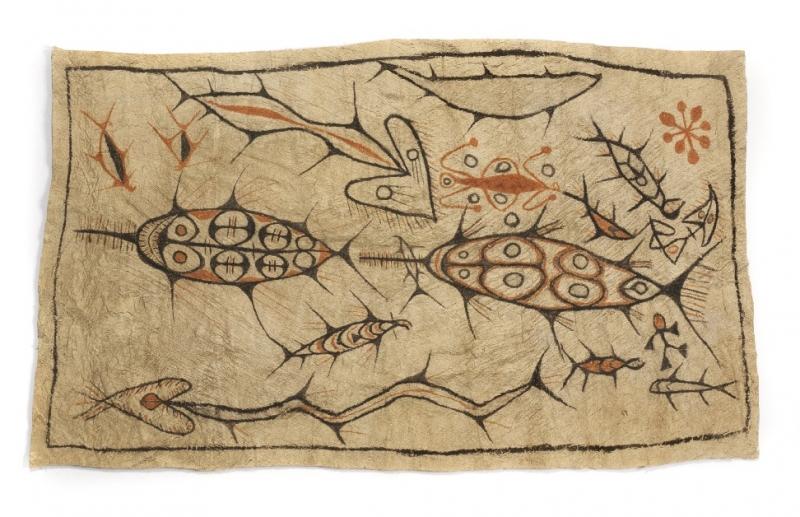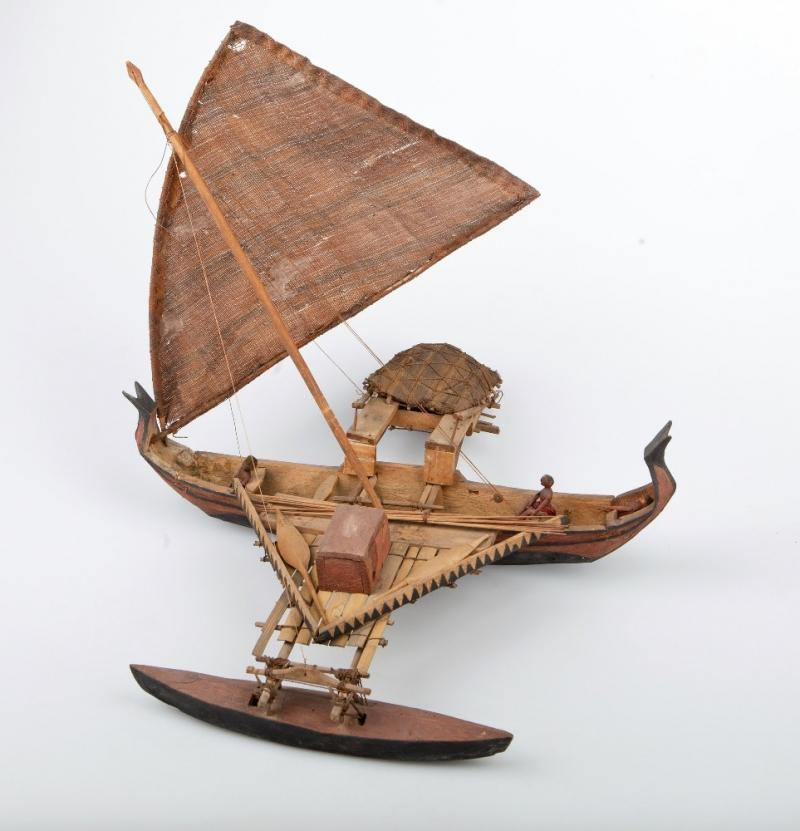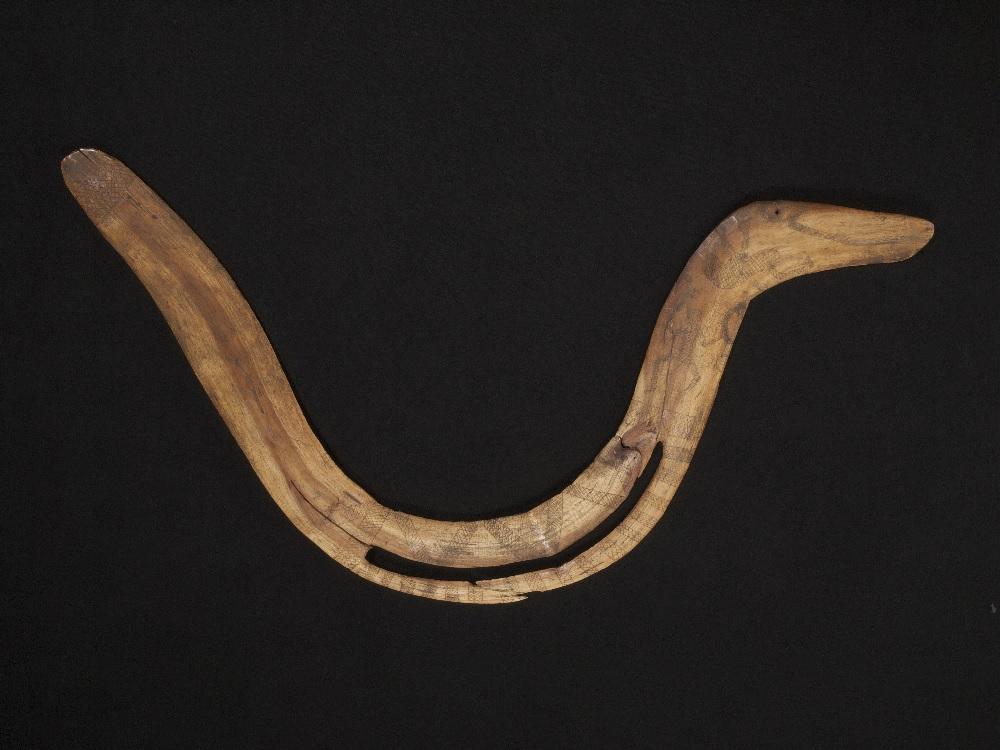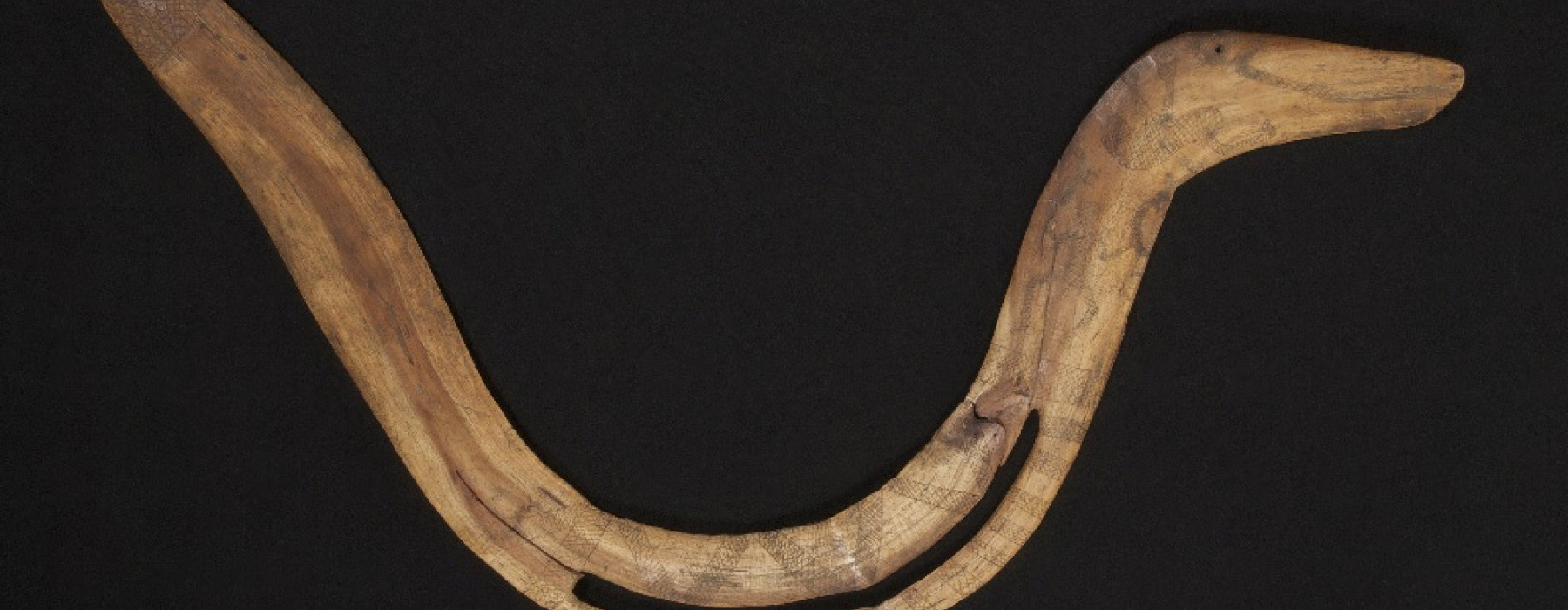
I began to search for publications defining Pacific/Oceanic design. In recent years alternative design histories with promising titles have surged: Global Design History (Adamson, Riello & Teasley 2011), History of Design: Decorative Arts and Material Culture, 1400-2000 (Kirkham & Weber 2013) and World History of Design (Margolin 2015). Strikingly, none of these publications addresses Pacific design, even though Margolin (2015) attempts to include New Zealand and Australia stating that the indigenous people there have invented and designed things (Margolin 2015: 407-408, 419). I likewise looked at sources where a panoply of Pacific art forms are considered, ranging from arts of the body, weaving and carving, to music, literature, film and photography (Brunt, Thomas, Mallon, Skinner & Küchler 2012; Mallon & Pereira 2002). Again the term design is never employed and even less discussed.
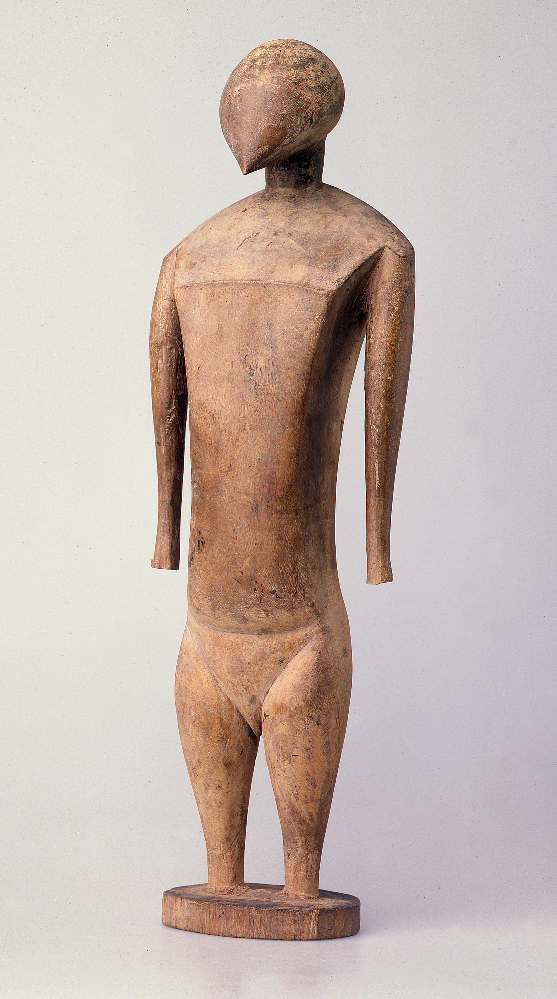
European 20th century-modernist artists were the first to acknowledge Pacific objects as exponents of design. In their quest for new interpretations of the body and of creative processes, these artists looked beyond their comfort zone. A figure (Figure 1) belonging to a small group of thirty-seven sculptures from Nukuoro, arrived in Western museum collections from the 1870s onwards and exemplifies modernist’s explorations. The highly stylized representation of the human in the figures embodied for modernists the purest form of art and of design. This kind of figure inspired Alberto Giacometti (1901-1966) to make his famous sculpture Hands Holding the Void (Invisible Object) (1934, cast c. 1954-55) and Henry Moore (1898-1986) to consider the Nukuoro image at the British Museum as one of the highlights in the history of sculpture. The modernist perception is in stark contrast with the ideas of the first European collectors who found Nukuoro sculptures coarse and clumsy (Veys 2015).
